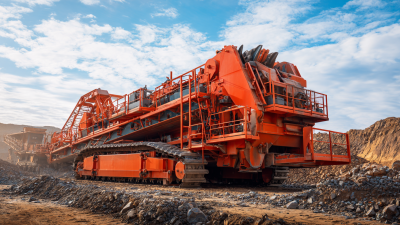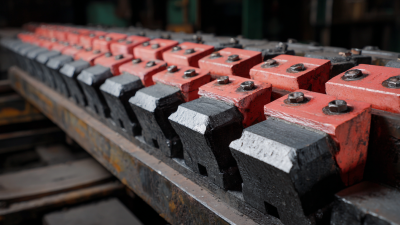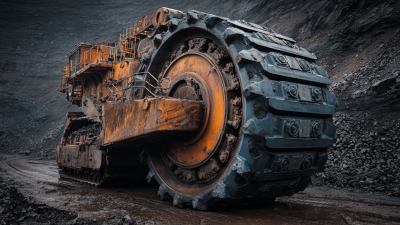In the ever-evolving landscape of mining machinery, selecting the appropriate Mining Machinery Jaw Plates is crucial for enhancing operational efficiency and productivity. According to a recent report by the International Council on Mining and Metals (ICMM), improper choice and maintenance of jaw plates can lead to a 10-25% decrease in equipment lifespan and performance. As mining operations seek to optimize their processes, understanding the various types of jaw plates available, including their materials, designs, and applicability, becomes imperative. Additionally, the global mining machinery market, valued at approximately $100 billion in 2022, is projected to grow steadily, emphasizing the importance of effective machinery components. This blog aims to guide you through the critical factors in choosing the right Mining Machinery Jaw Plates to ensure optimal performance in your operations.
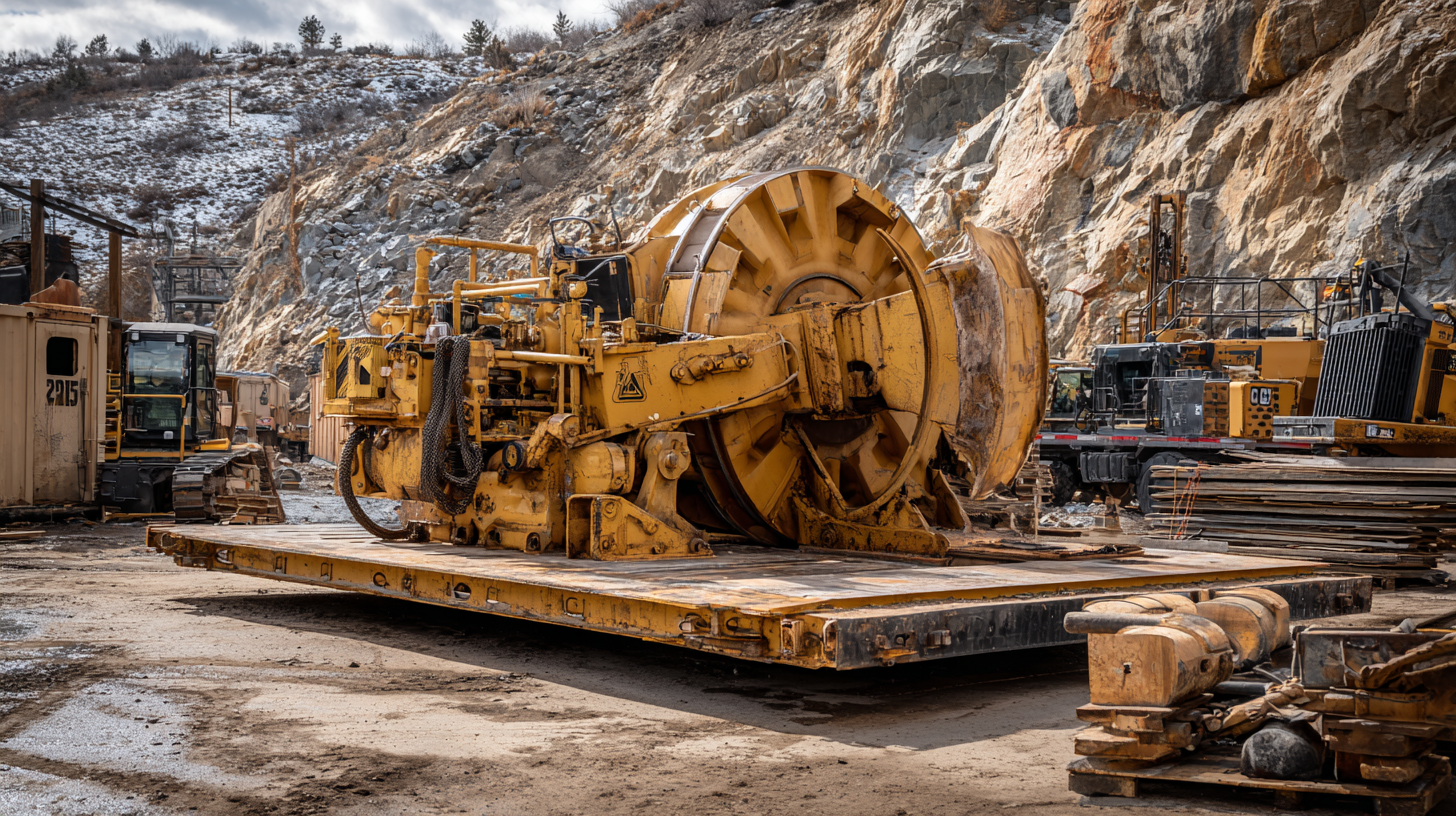
When selecting jaw plates for mining machinery, understanding the various types available is crucial for achieving optimal performance. Jaw plates are key components of jaw crushers, affecting the efficiency of the crushing process. Different materials and designs cater to specific applications, from high manganese steel, known for its superior wear resistance, to alloy steel that provides enhanced durability. The choice of jaw plate type can significantly influence the lifespan of the equipment and the quality of the crushed material.
Recent market trends reveal a growing demand for efficient jaw crushers, with a projected market size of USD 2.8 billion by 2024. This rise underscores the importance of innovation in jaw plate design, such as optimizing the swinging jaw plate to enhance crushing capabilities and overall machine performance. As mining operations seek to improve productivity, selecting the appropriate jaw plates tailored to specific crushing requirements will become increasingly important, ensuring machinery operates at peak efficiency while minimizing maintenance costs.
When selecting jaw plates for your mining machinery, it's crucial to consider several key factors to ensure optimal performance. The material composition of the jaw plates significantly influences durability and wear resistance, particularly under varying crushing conditions. For instance, new designs and analyses of jaw plates have shown that optimizing the frame and chamber design can enhance the crushing characteristics, thereby improving efficiency.
Tips for selection: Assess the hardness of the feed material and match it with the right jaw plate material. For abrasive materials, consider using a high-manganese steel, which offers excellent wear resistance. Additionally, keep an eye on the wear patterns of your current plates; this can inform whether you should opt for a smoother or more aggressive surface design to obtain the desired product size.
Another consideration is the safety features integrated into the jaw plates. Enhanced safety mechanisms, like improved jaw safety pins, can prevent accidents during operation and contribute to longer service life. Regular maintenance checks are also essential; maintaining the right tension and avoiding overloading can prevent premature wear and damage, ensuring that your equipment delivers peak performance over time.
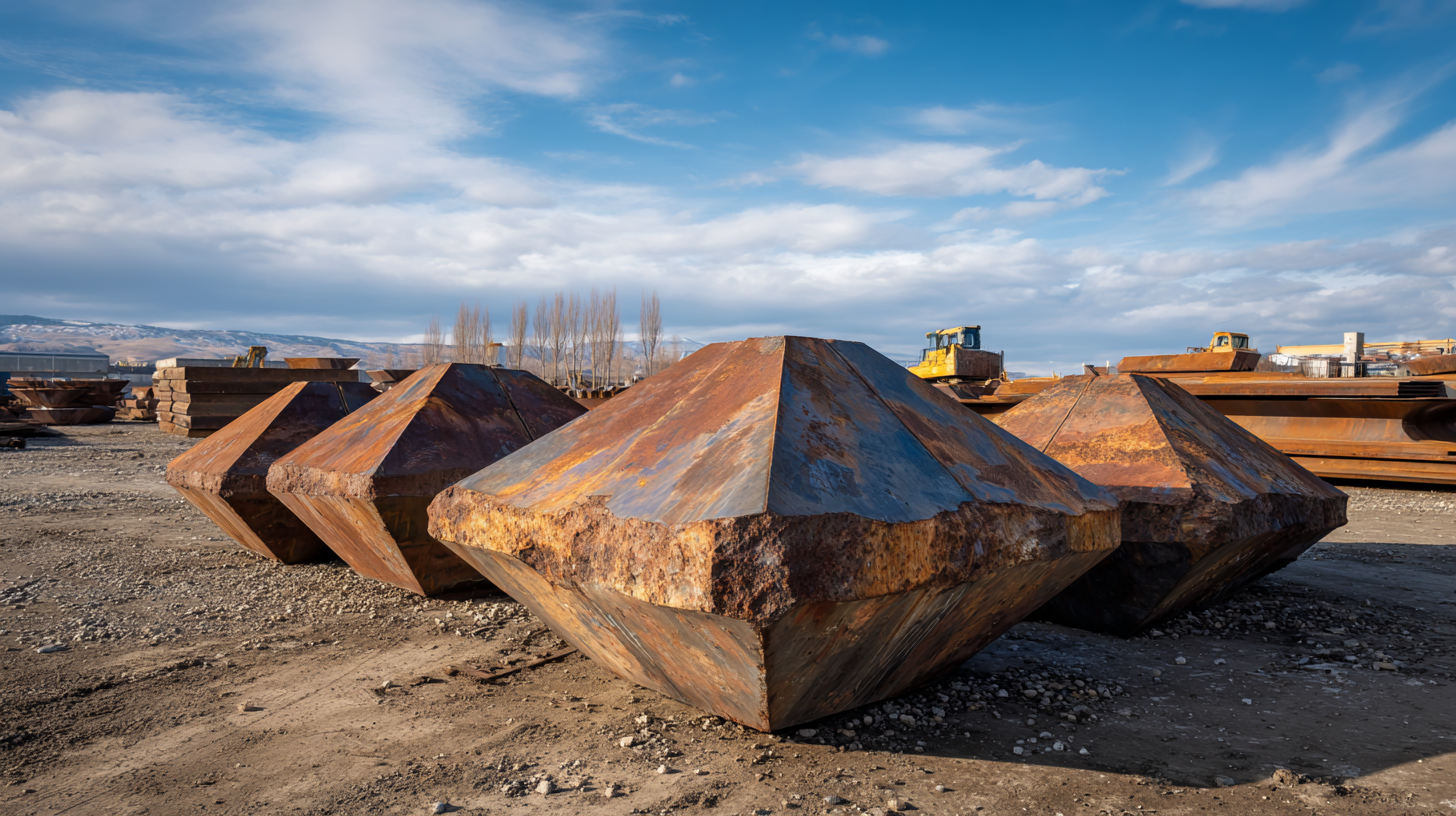
When selecting jaw plates for mining machinery, understanding the material composition is crucial for ensuring optimal performance and longevity. The jaw plates are typically made from a variety of materials, each offering distinct advantages depending on the specific application and conditions. For instance, manganese steel is one of the most popular choices due to its excellent wear resistance and ability to withstand heavy impact. Its work-hardening properties allow it to become harder with each impact, making it ideal for crushing tough materials.
Alternatively, other materials such as cast iron and composite blends may also be considered based on the requirements of the operation. Cast iron offers good compressive strength, making it suitable for certain applications, but it may not withstand abrasive wear as effectively as manganese steel. Composite materials, on the other hand, can provide a balance between weight and strength, making them suitable for lighter operations or when reduced machine wear is critical. Ultimately, selecting the right material for jaw plates not only enhances the efficiency of the crushing process but also prolongs the lifespan of the machinery, reducing downtime and maintenance costs.
The design of jaw plates significantly affects the crushing efficiency and durability of mining machinery. According to a report by the International Journal of Mineral Processing, up to 30% of energy losses in crushers can be attributed to suboptimal jaw plate designs. The use of advanced materials such as high-manganese steel and proprietary alloys can enhance wear resistance, with studies showing that these materials can increase the lifespan of jaw plates by over 50% compared to traditional configurations.
Additionally, the geometric design of the jaw plates plays a crucial role in the effectiveness of the crushing process. Research conducted by the Society for Mining, Metallurgy, and Exploration reveals that a well-engineered jaw plate profile can improve the crushing ratio by as much as 15%. Factors such as the width-to-height ratio, tooth shape, and spacing can drastically influence performance. Therefore, selecting the right jaw plate design not only optimizes the crushing process but also contributes to the overall efficiency of the mining operation, ultimately leading to increased productivity and reduced operational costs.
Maintaining jaw plates in mining machinery is crucial for ensuring their longevity and optimal performance. Regular inspections and timely replacements can significantly reduce operating costs and enhance productivity. Here are some essential maintenance tips to help prolong the life of your jaw plates.
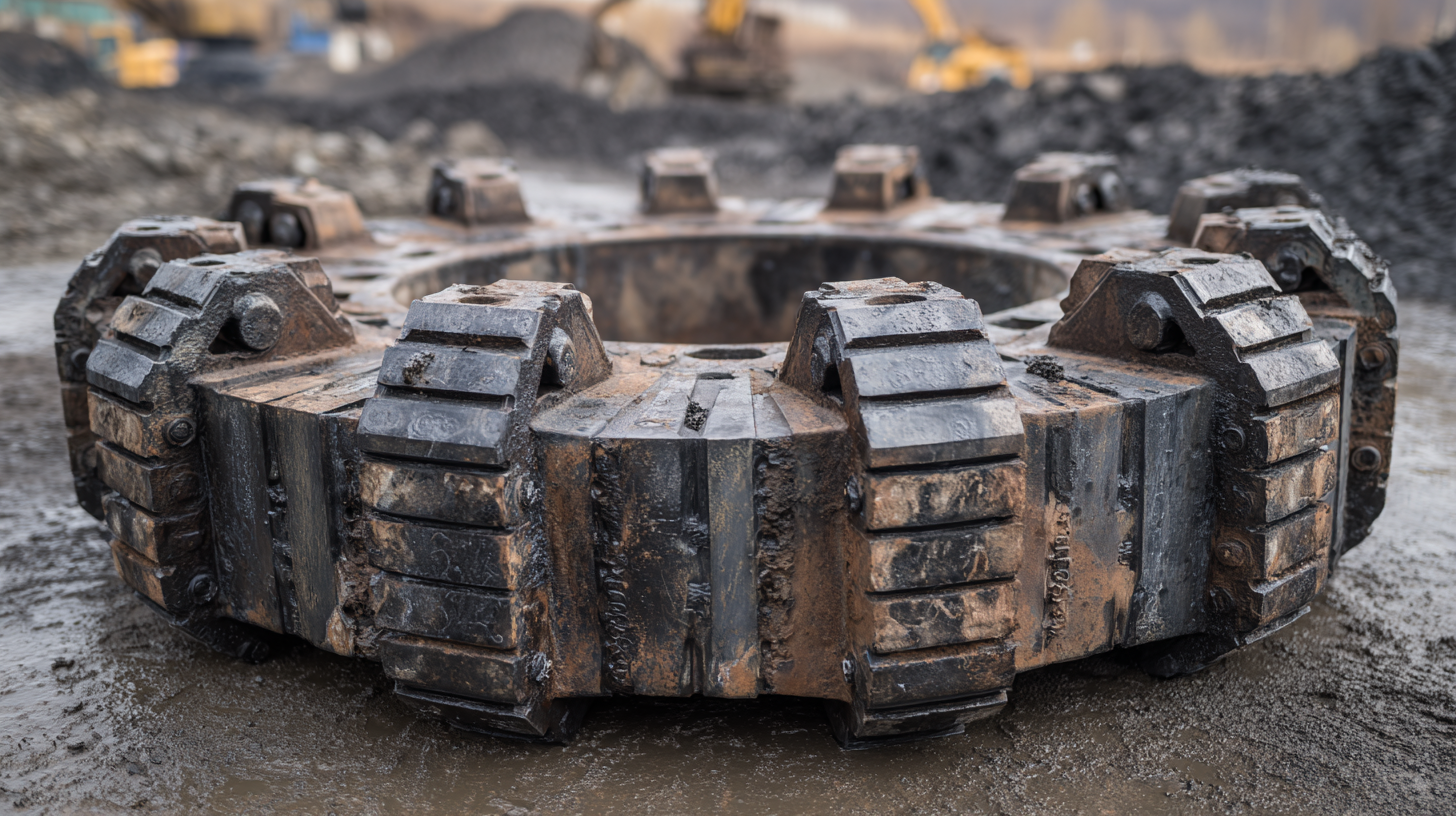
Firstly, always ensure that the jaw plates are properly aligned and fitted. Misalignment can lead to uneven wear and premature failure. It's also important to regularly check for wear patterns on the plates. If you notice uneven wear, it might be a sign of operational issues or the need for adjustments in the machinery.
Additionally, keep the jaw plates clean and free from debris. Dust and residue can accumulate and cause unnecessary wear. Implementing a cleaning schedule is beneficial in maintaining the integrity of the plates.
Lastly, consider utilizing protective coatings or treatments that can enhance wear resistance and reduce the likelihood of damage due to abrasion or impact. By following these maintenance tips, you can ensure that your mining machinery jaw plates perform efficiently for longer periods.
